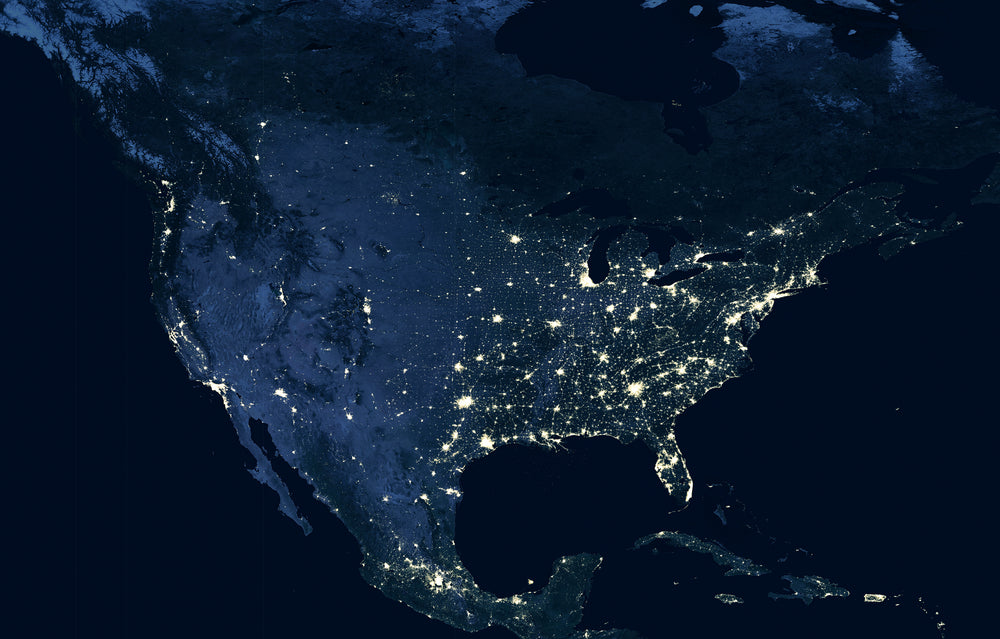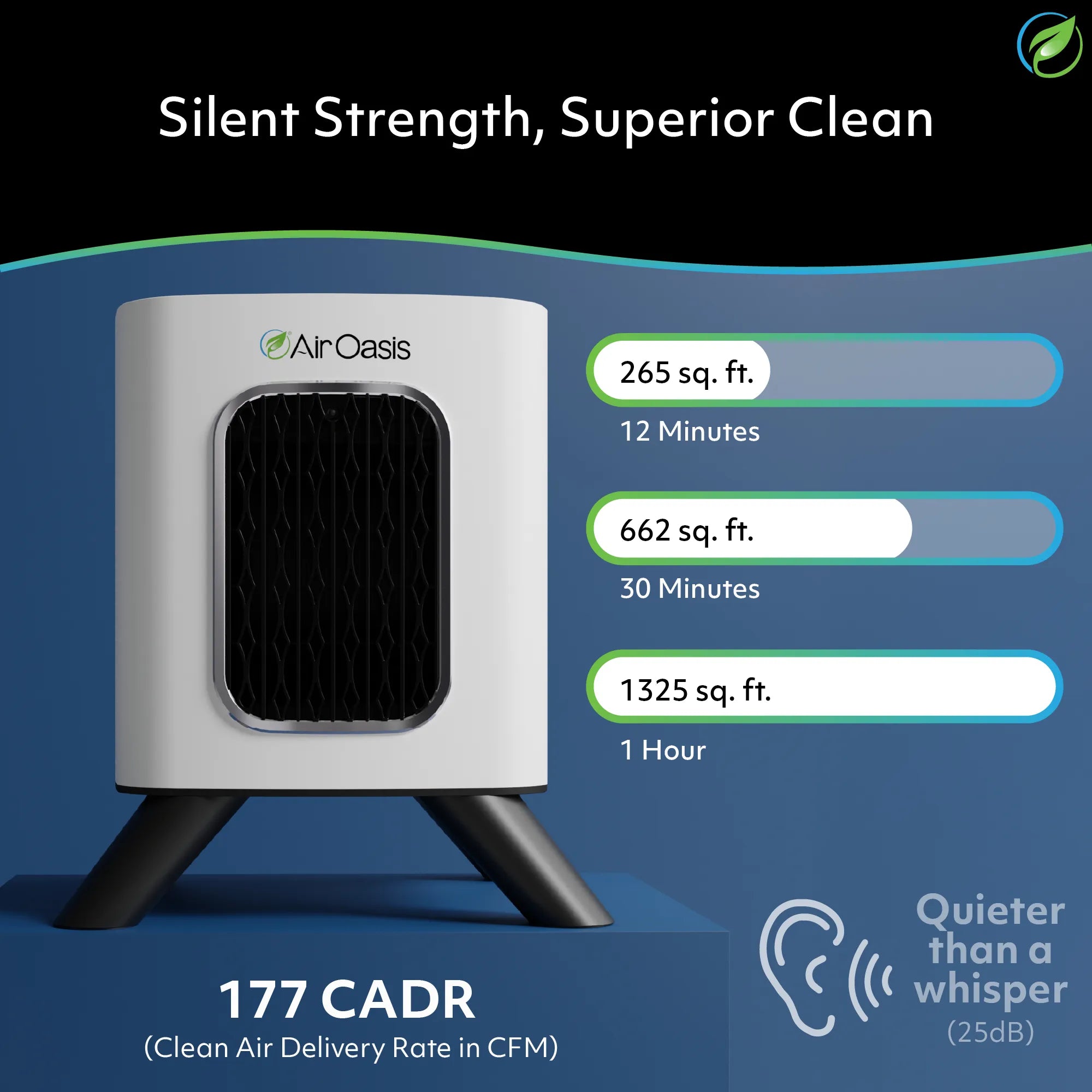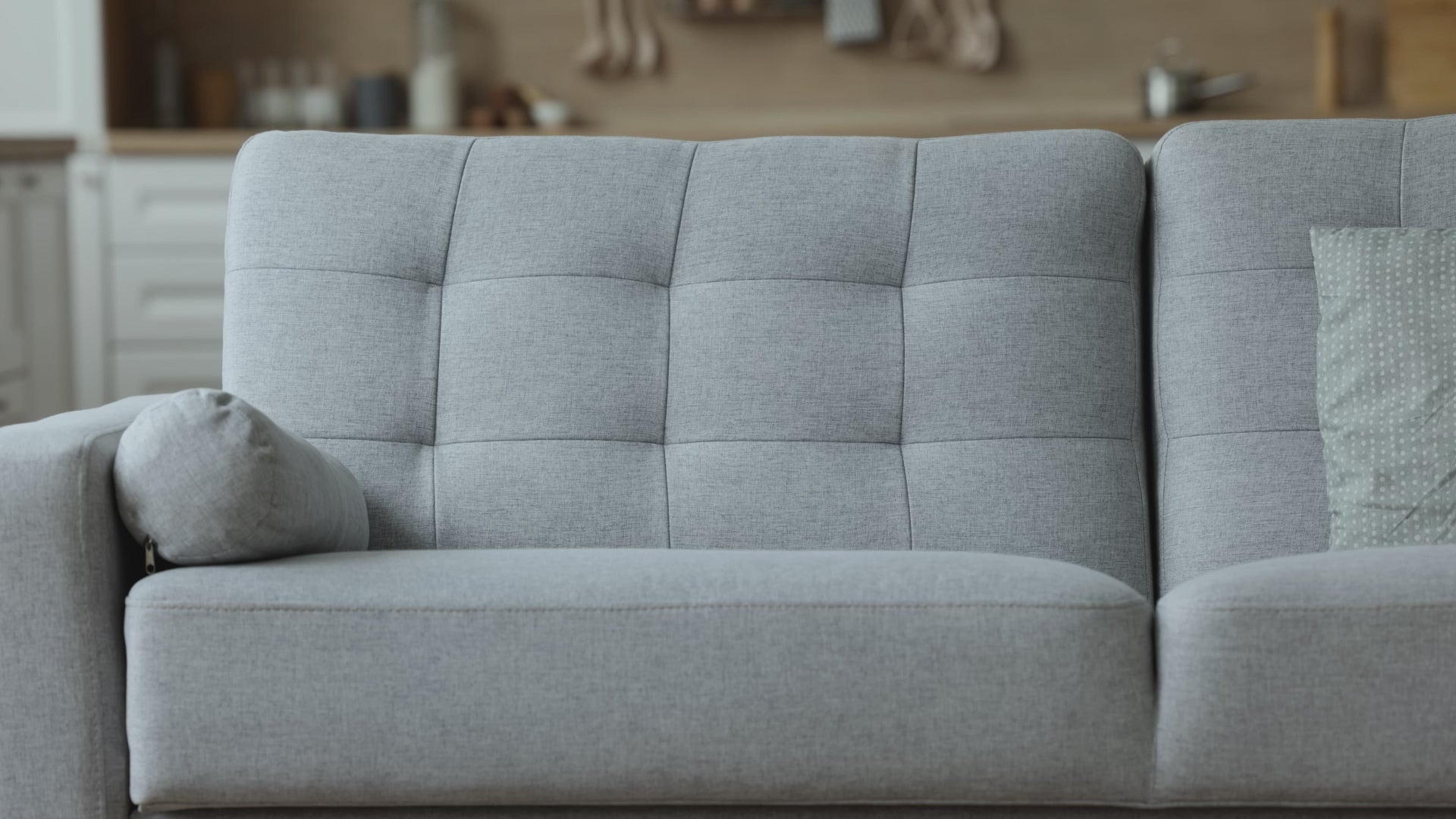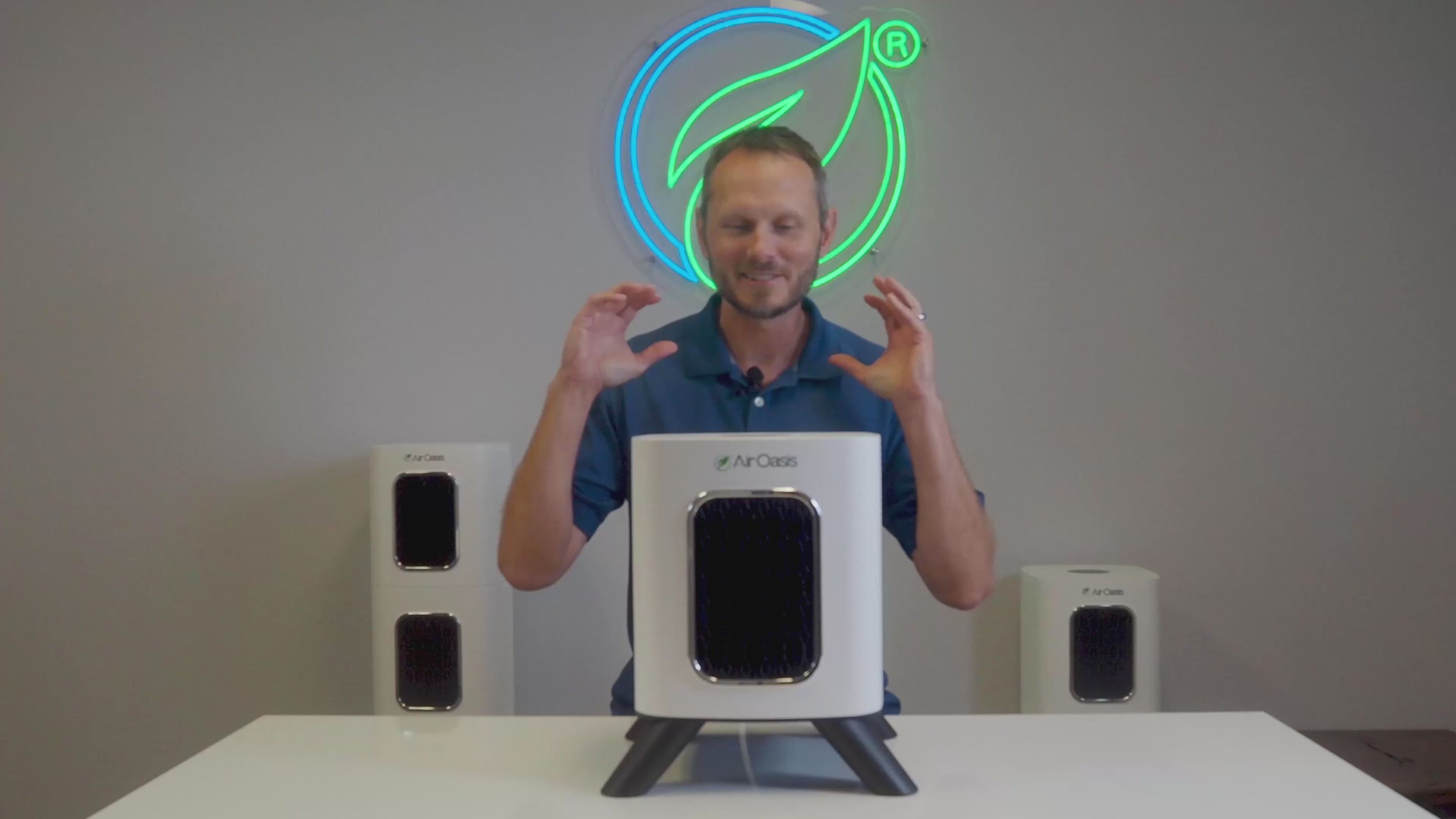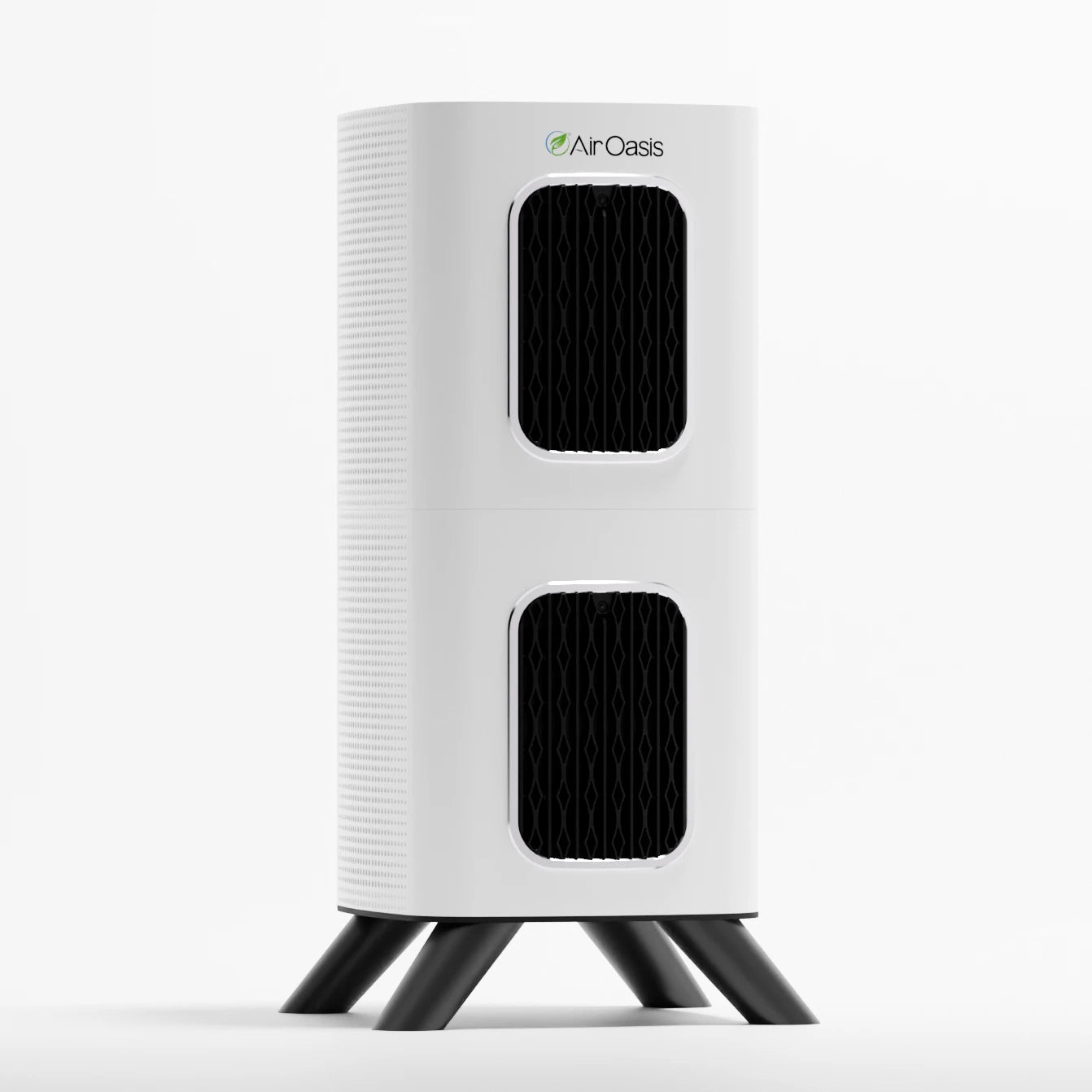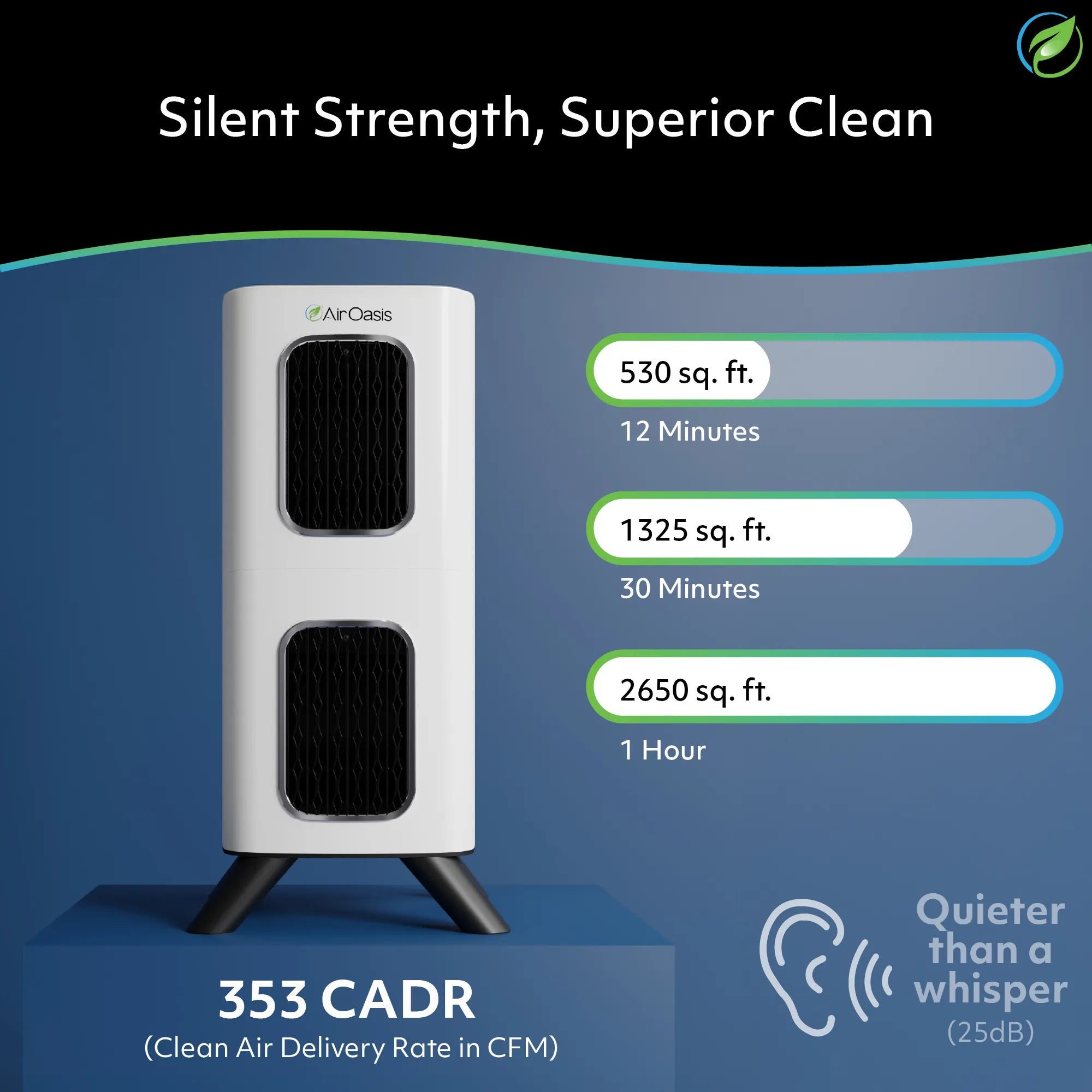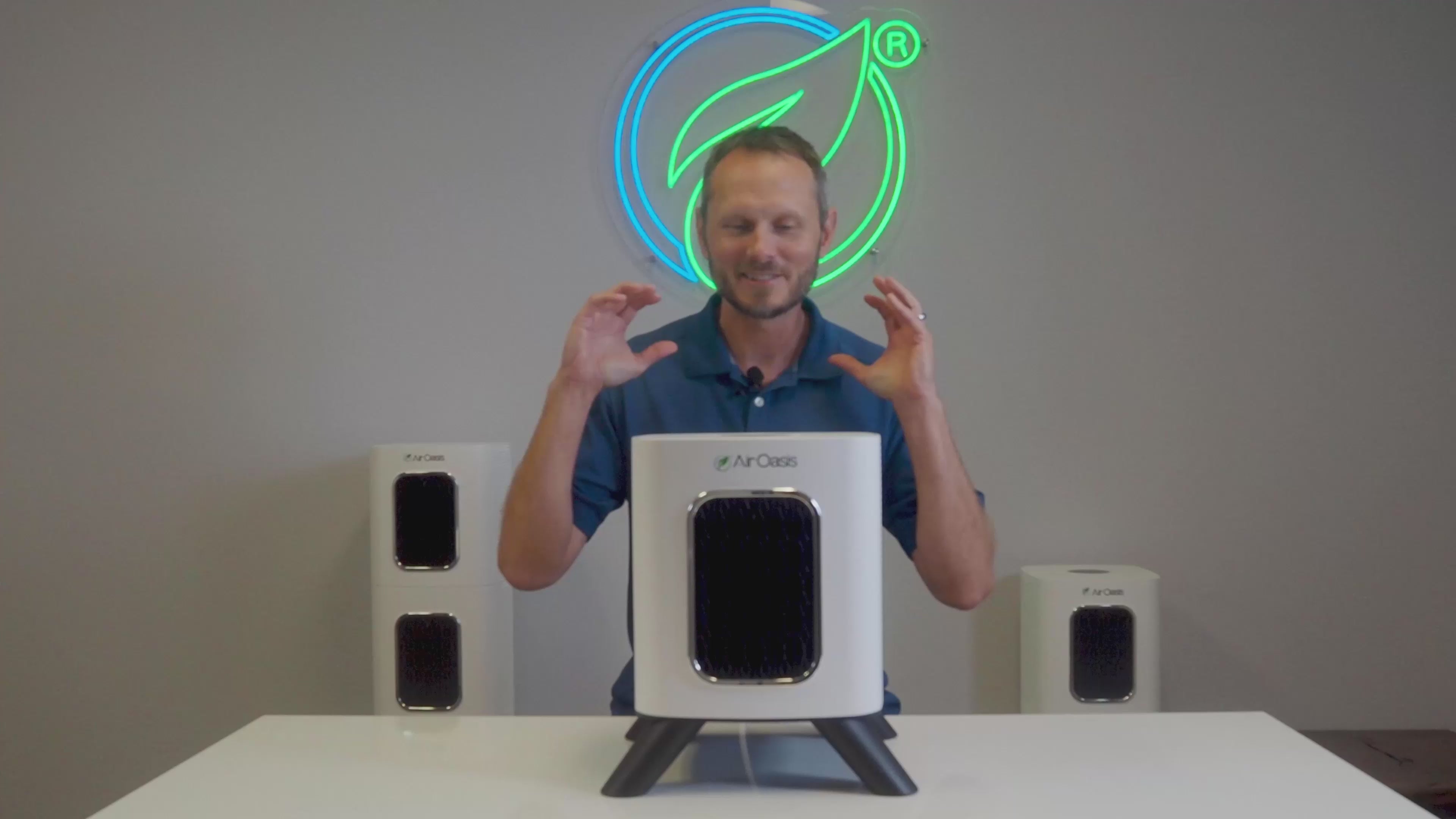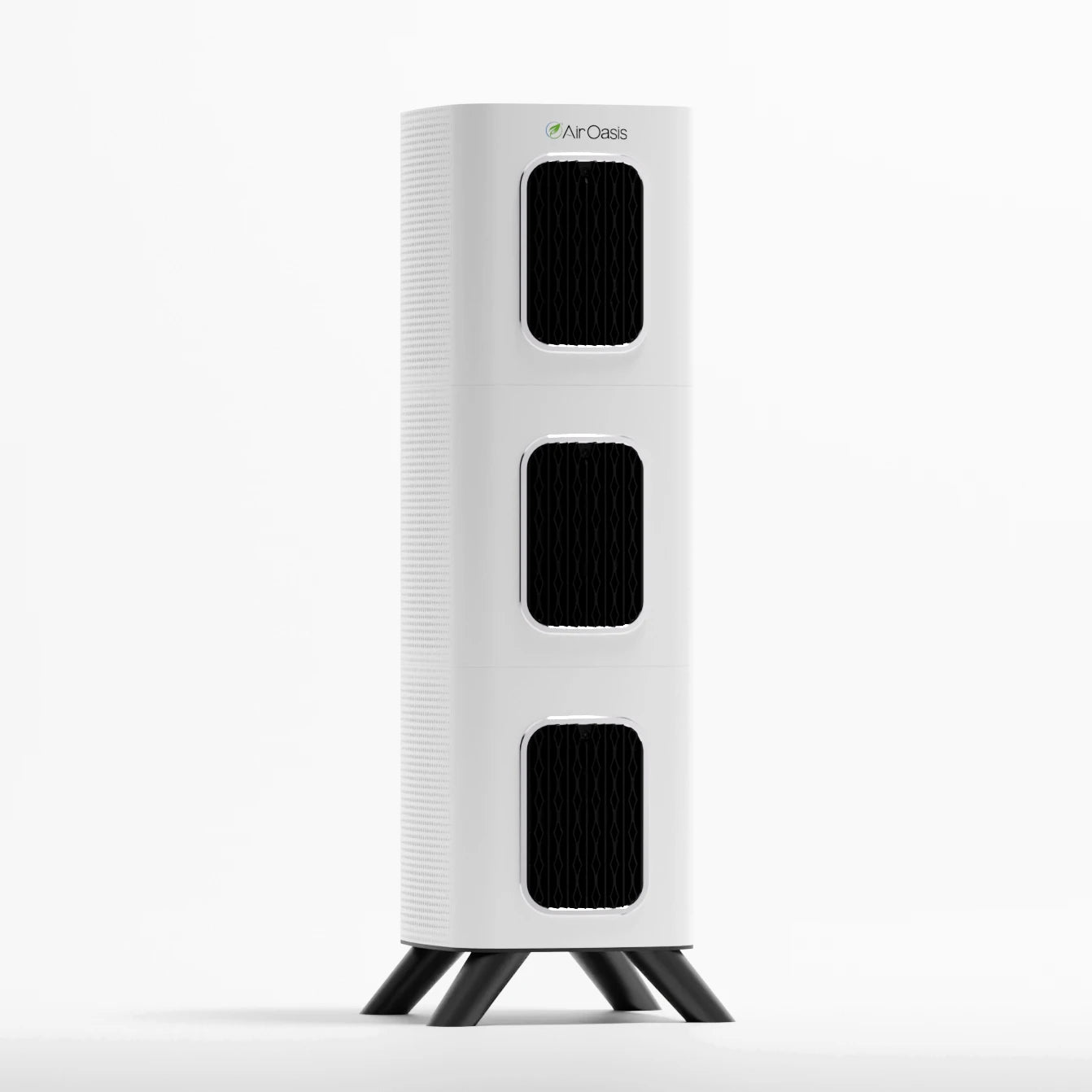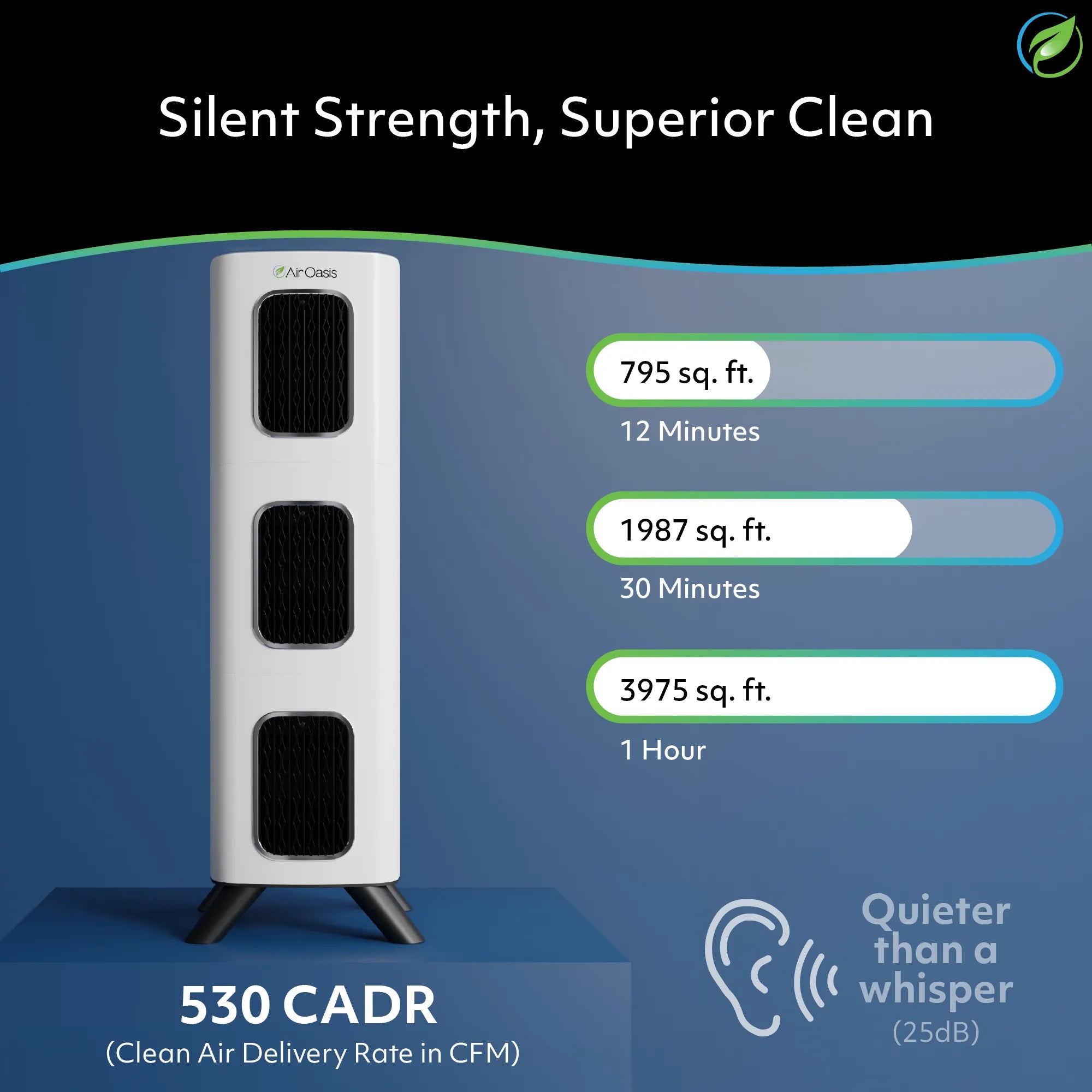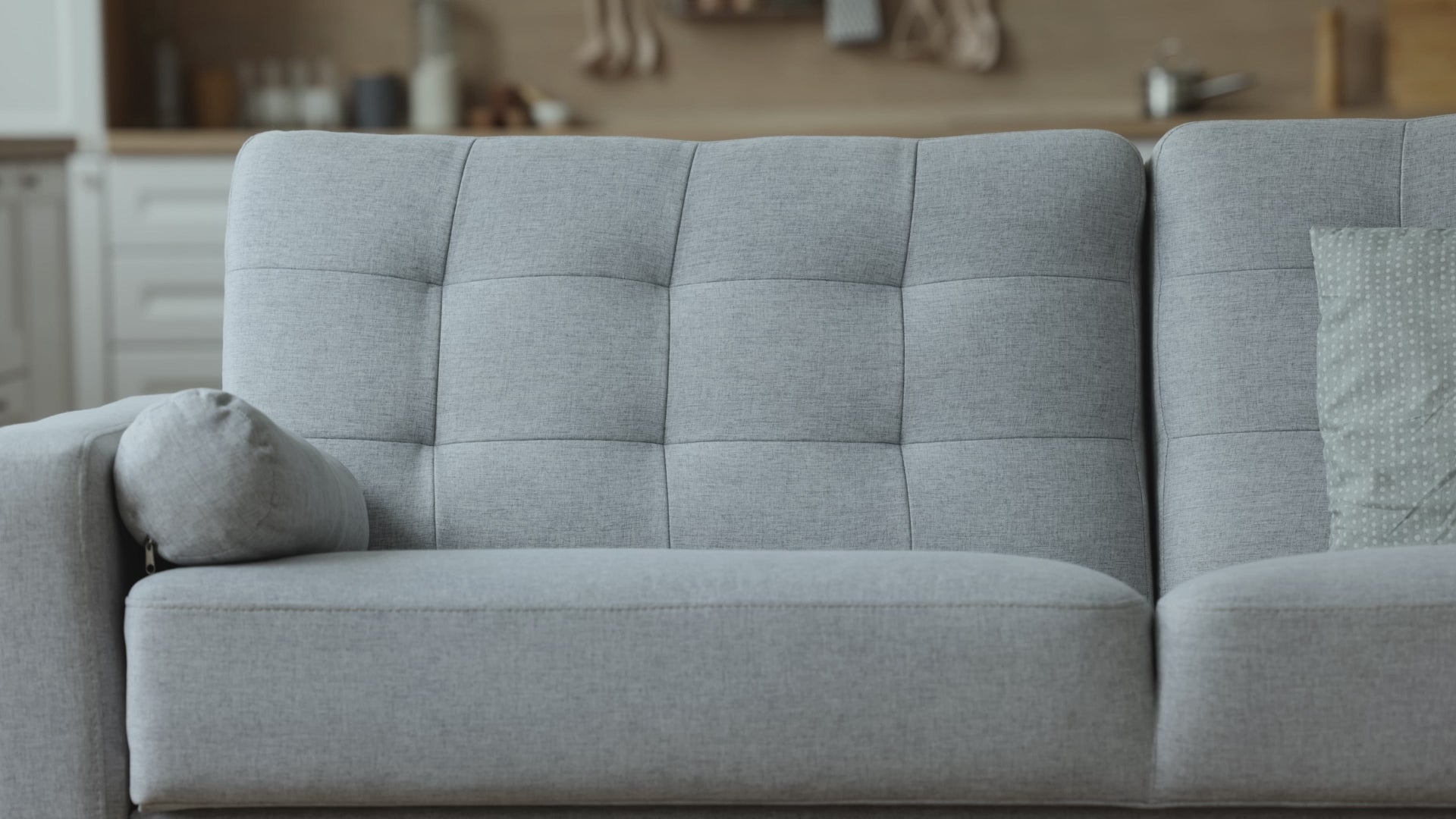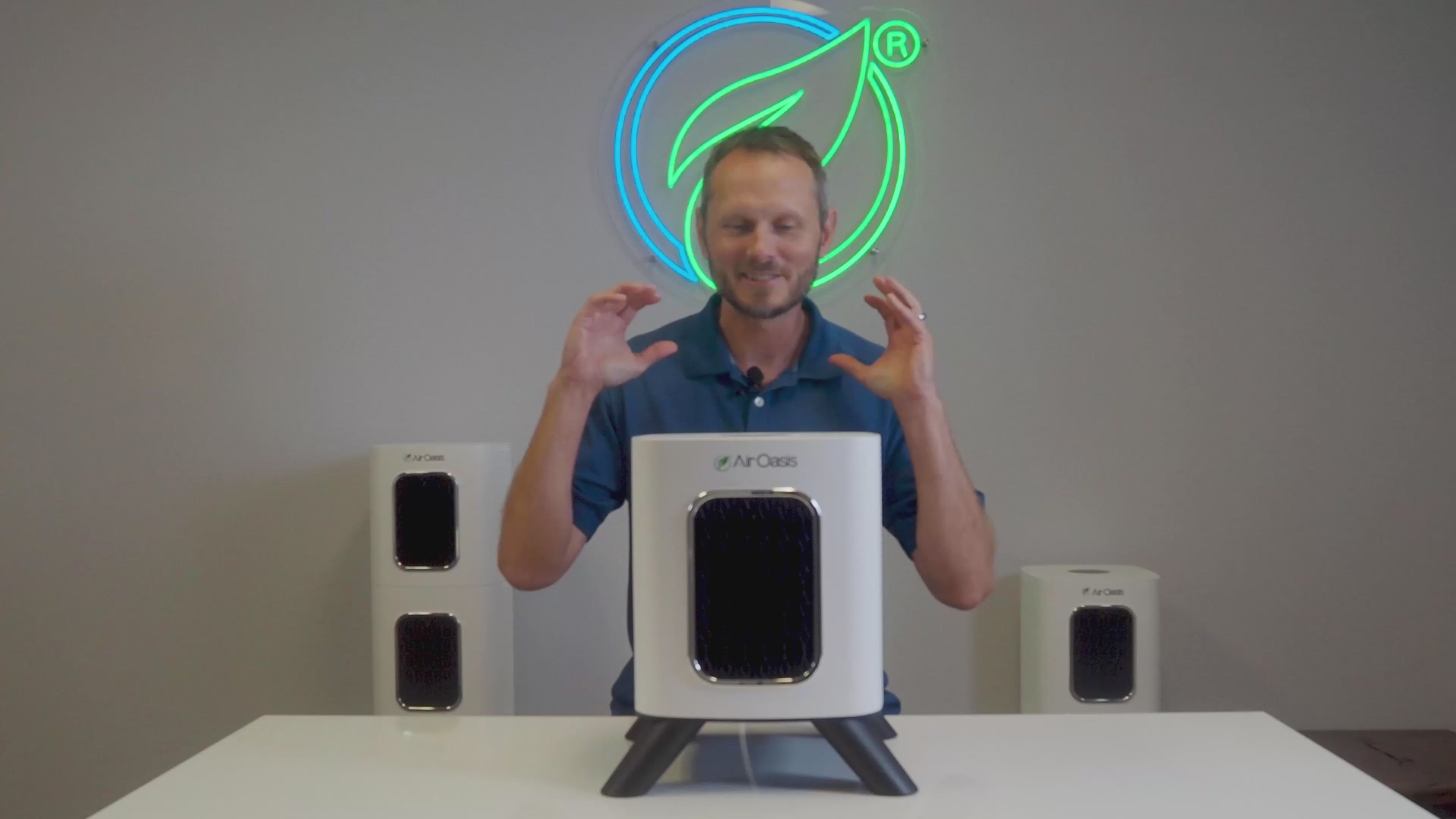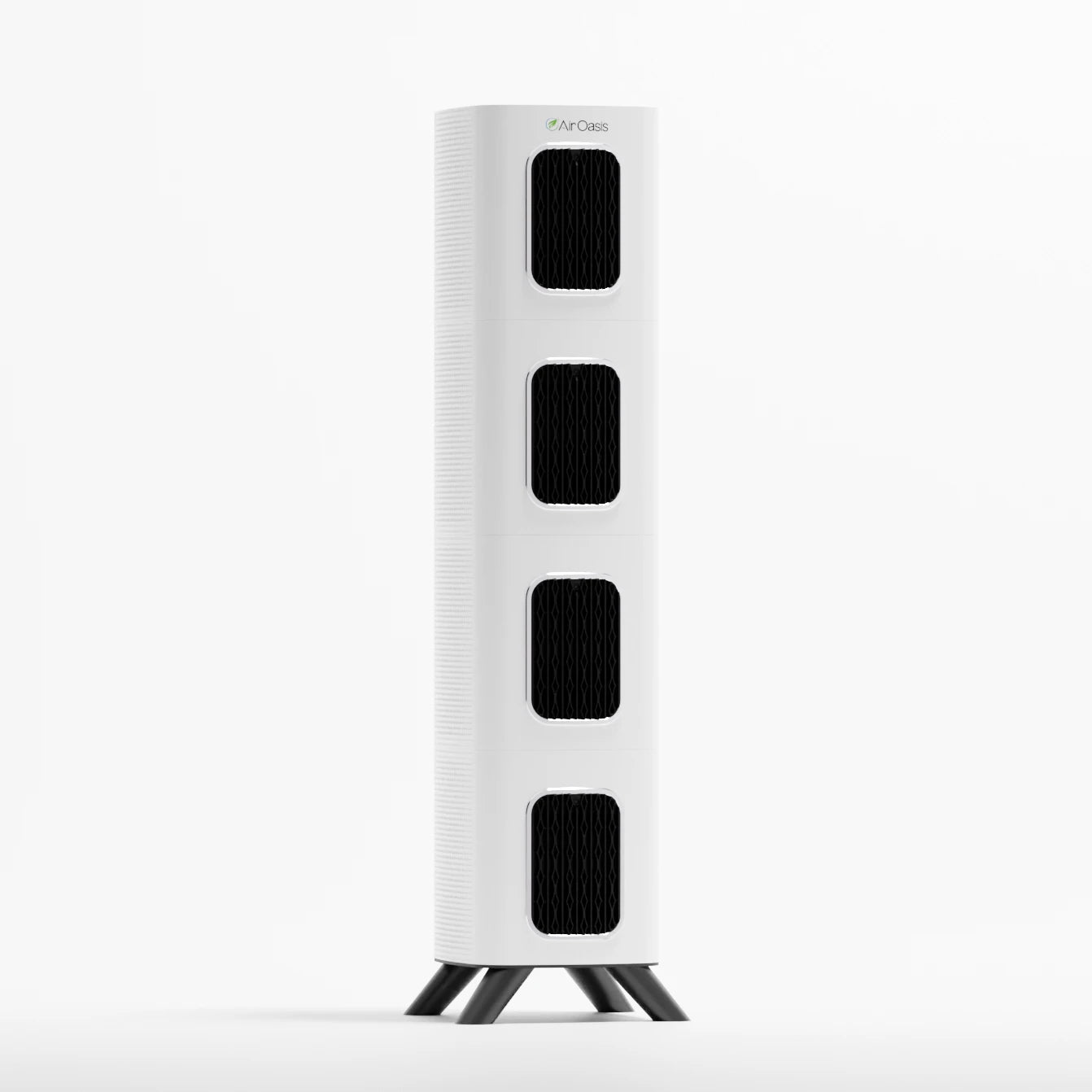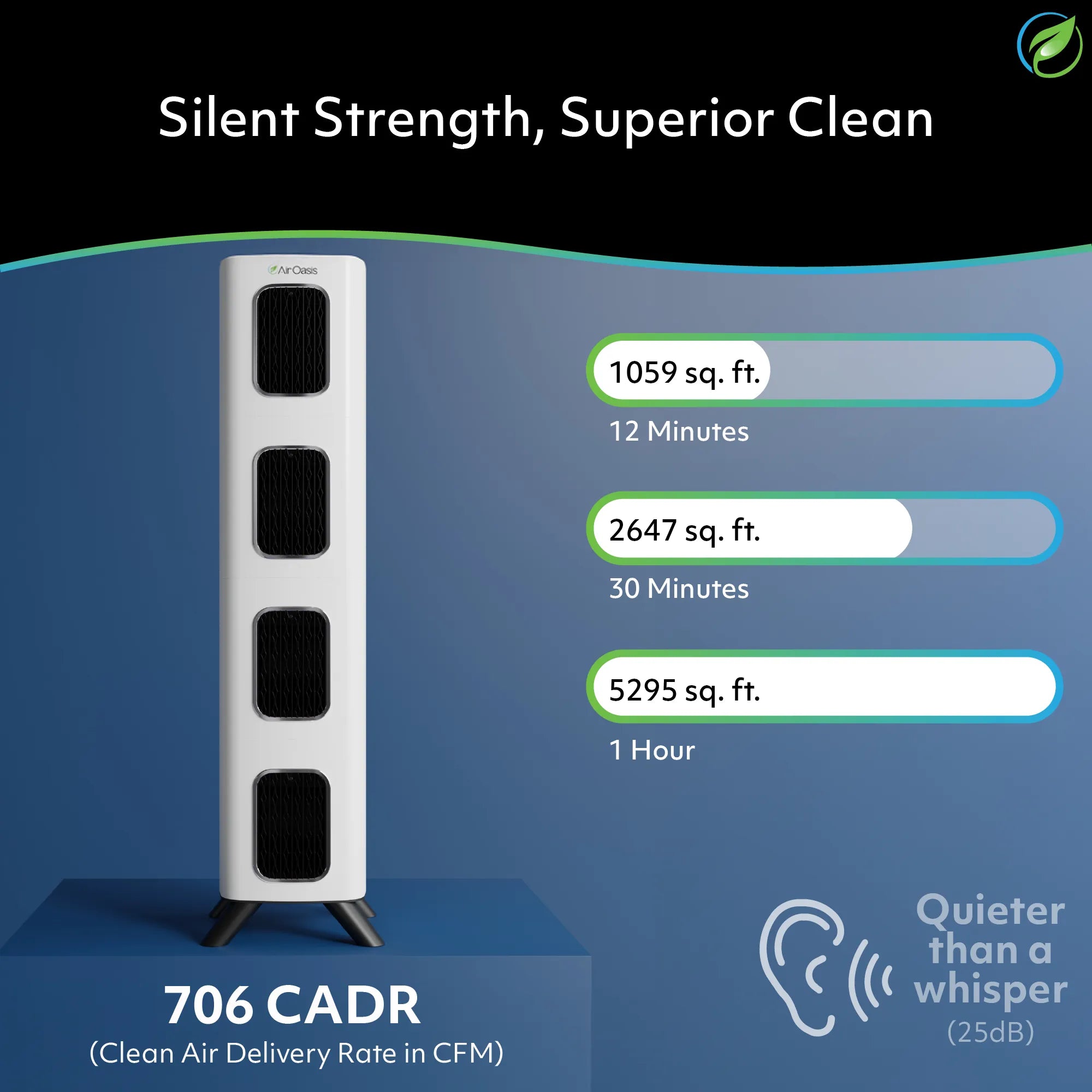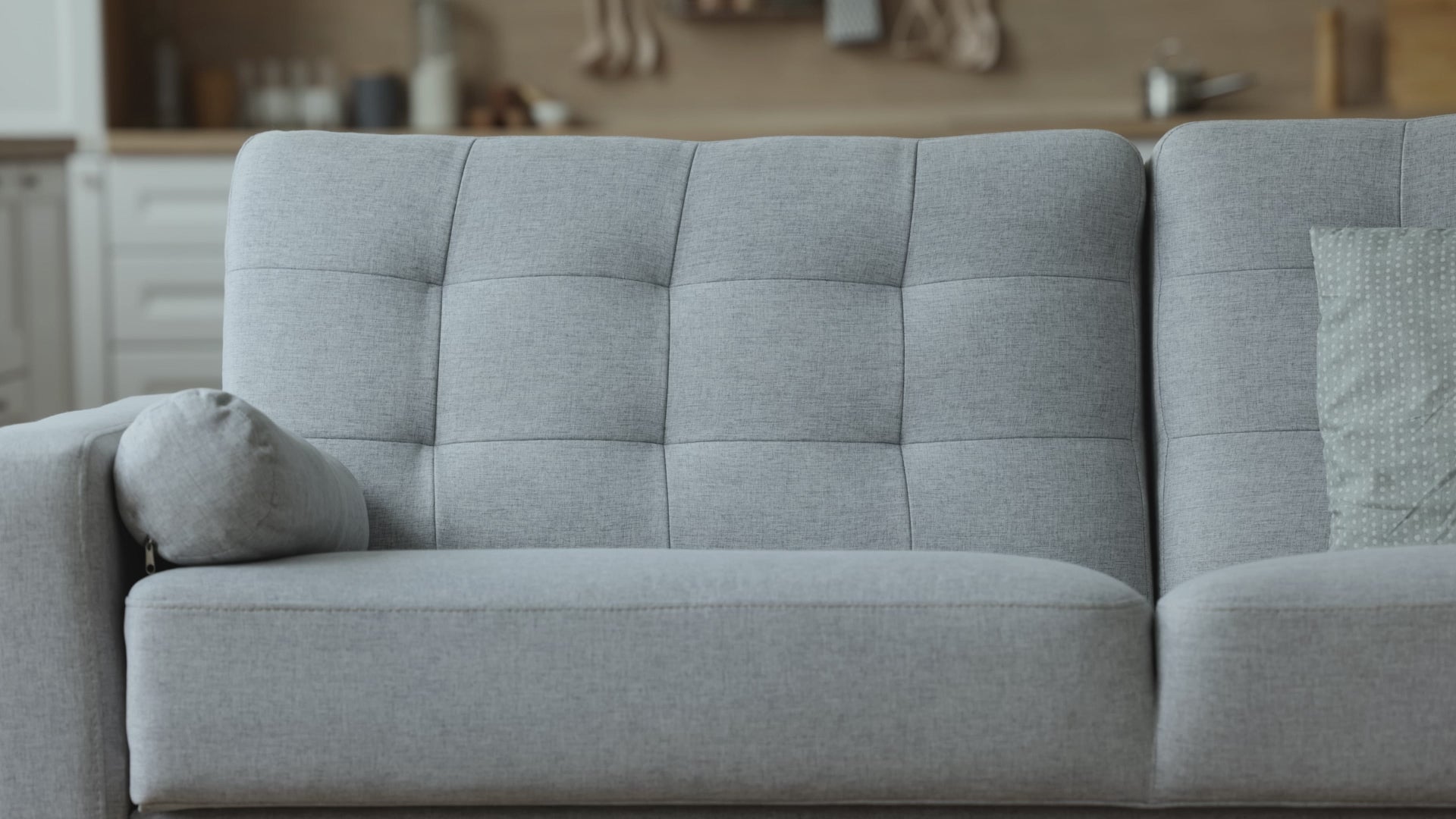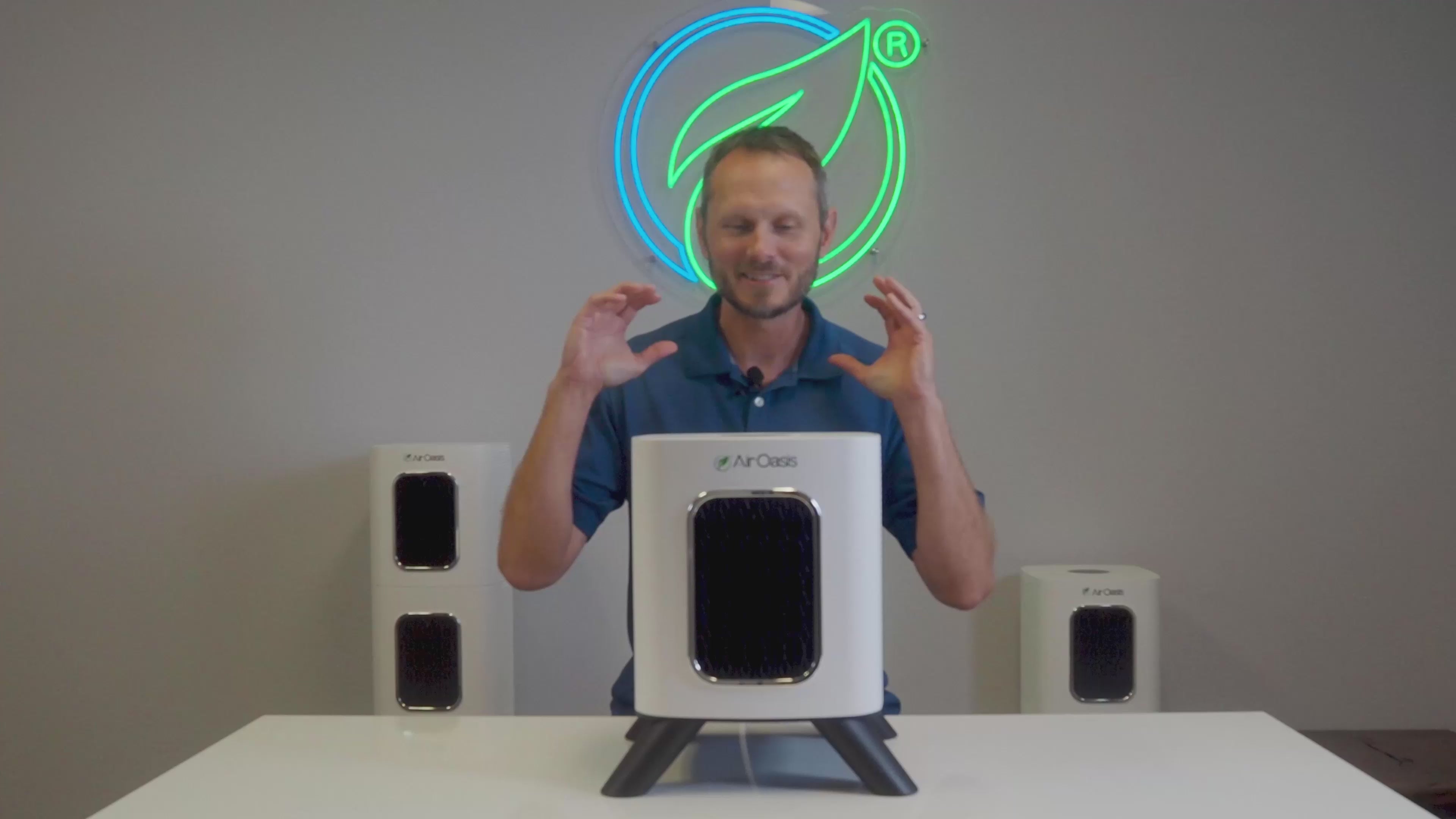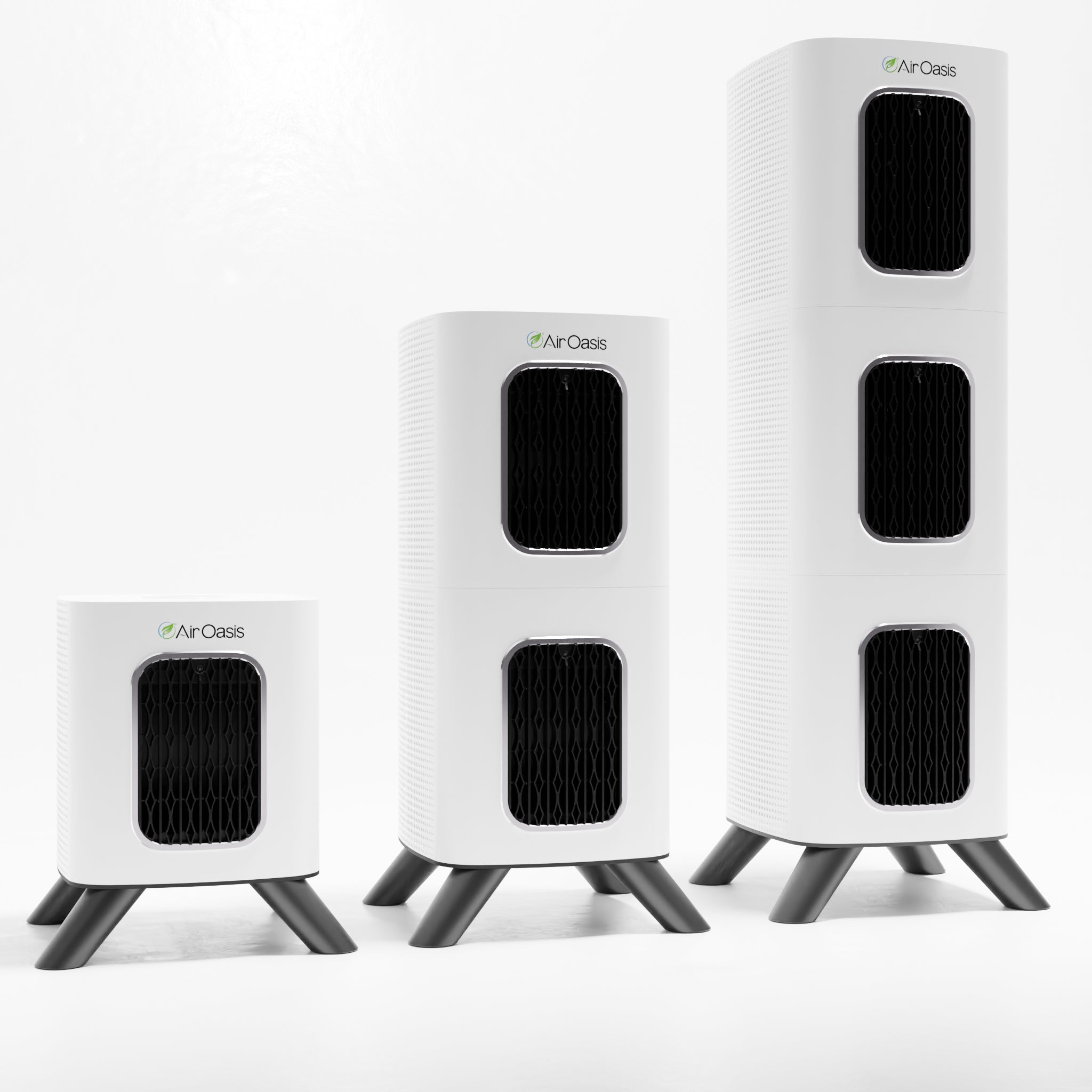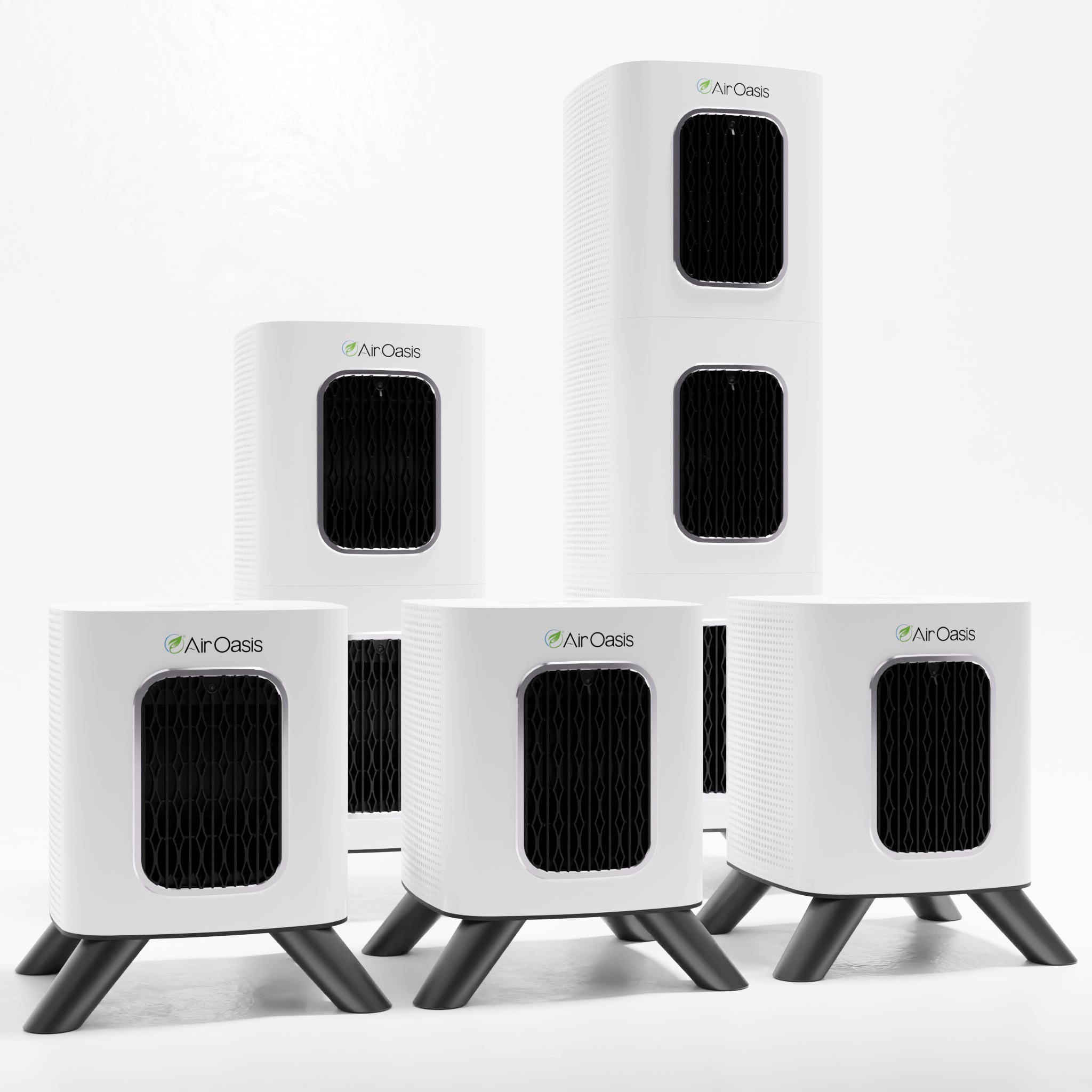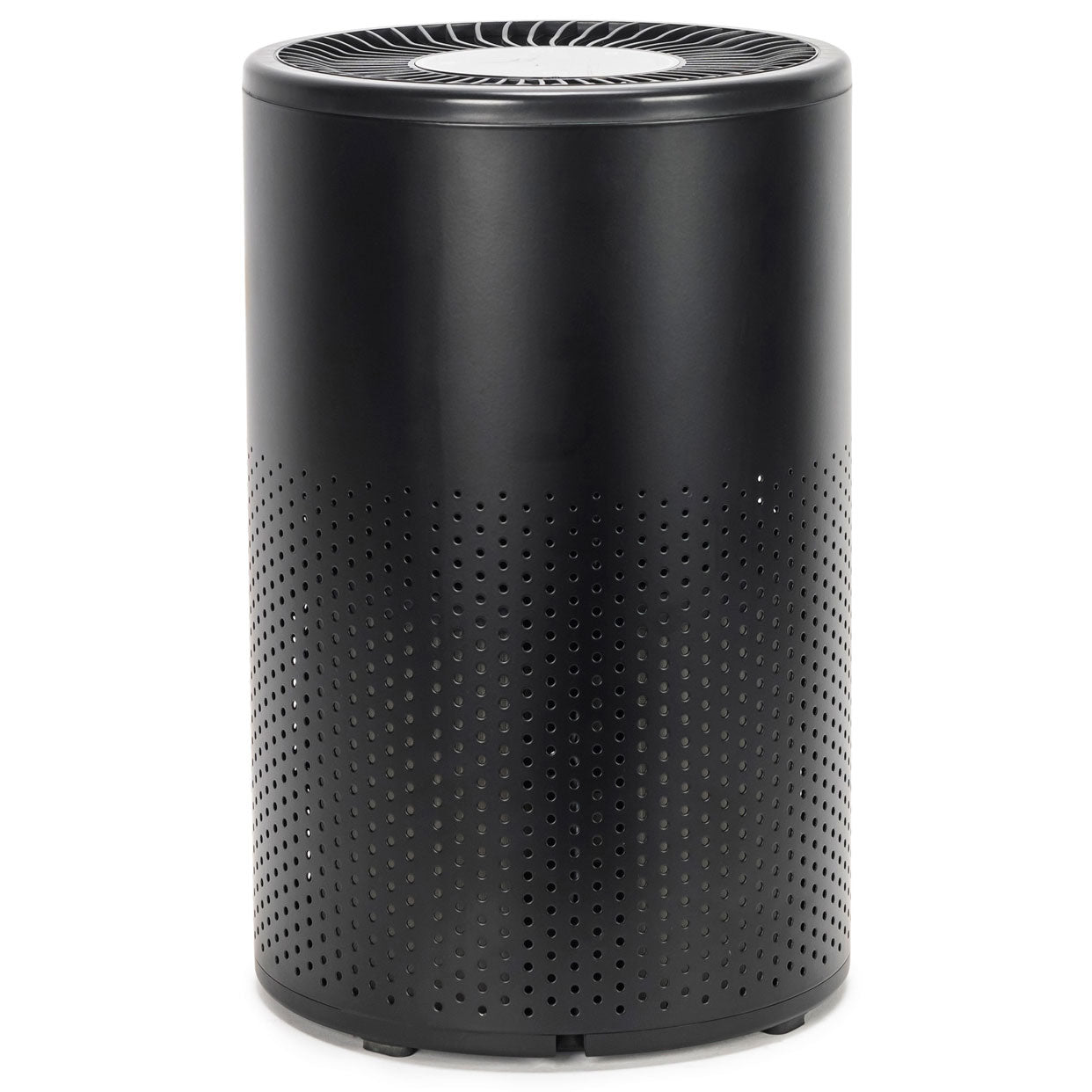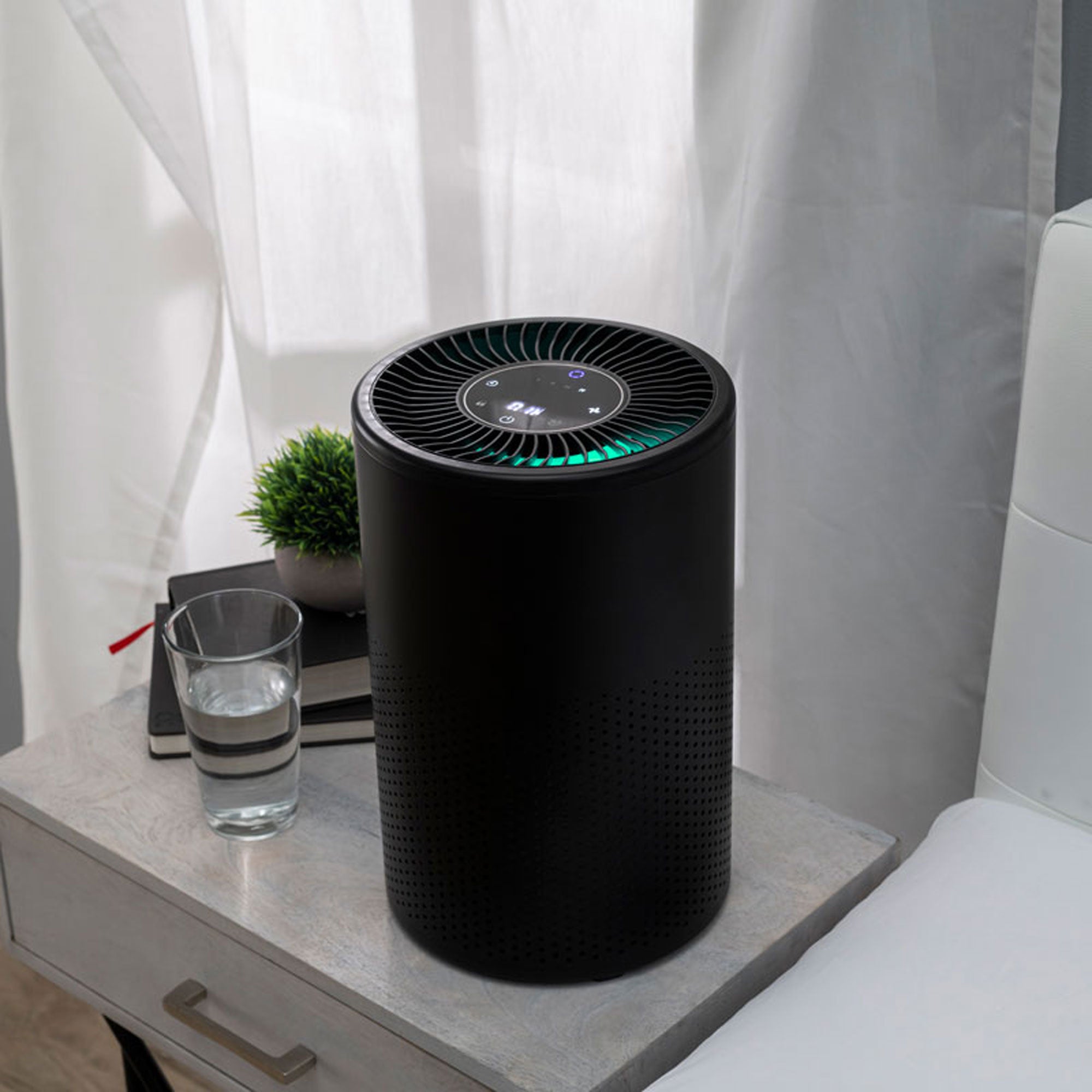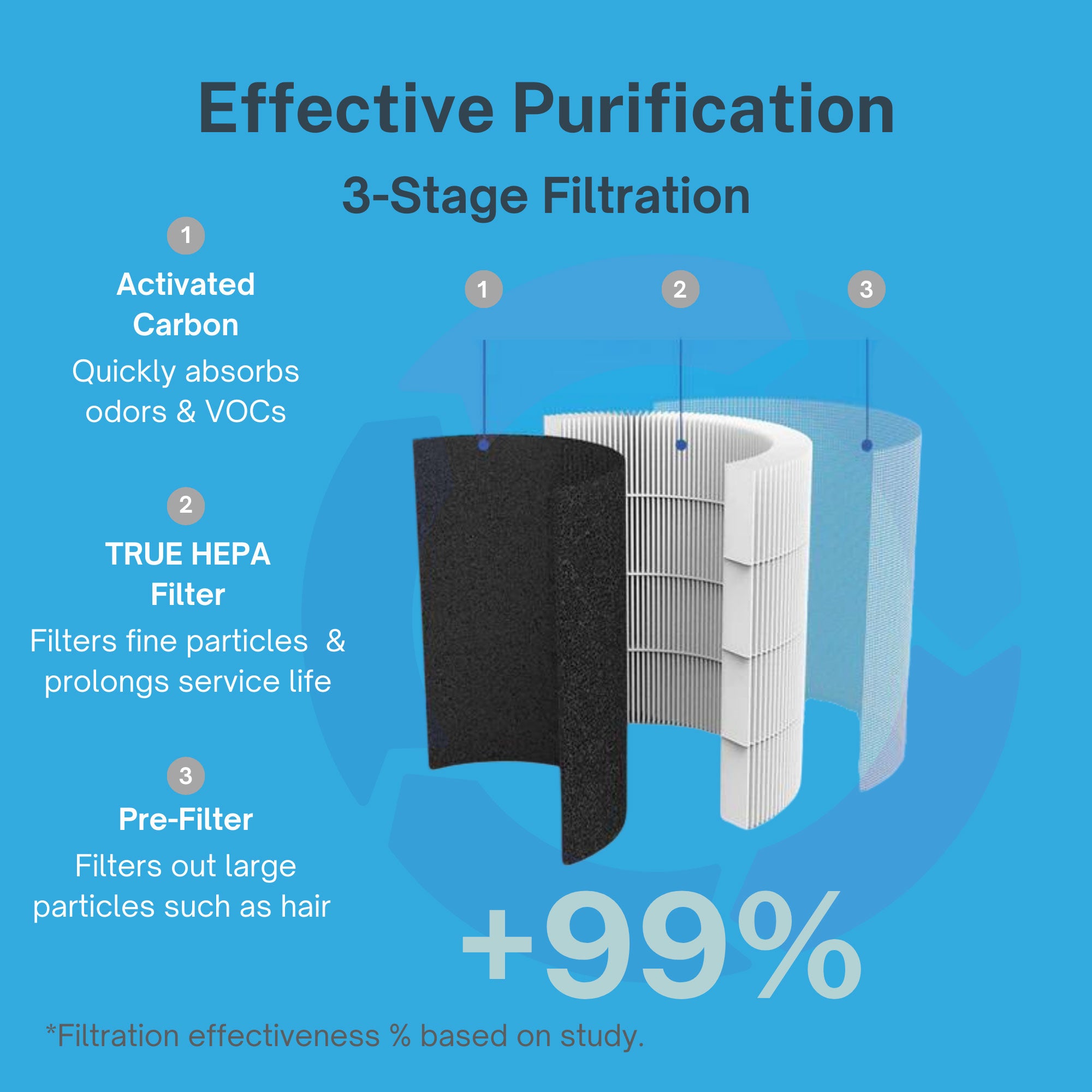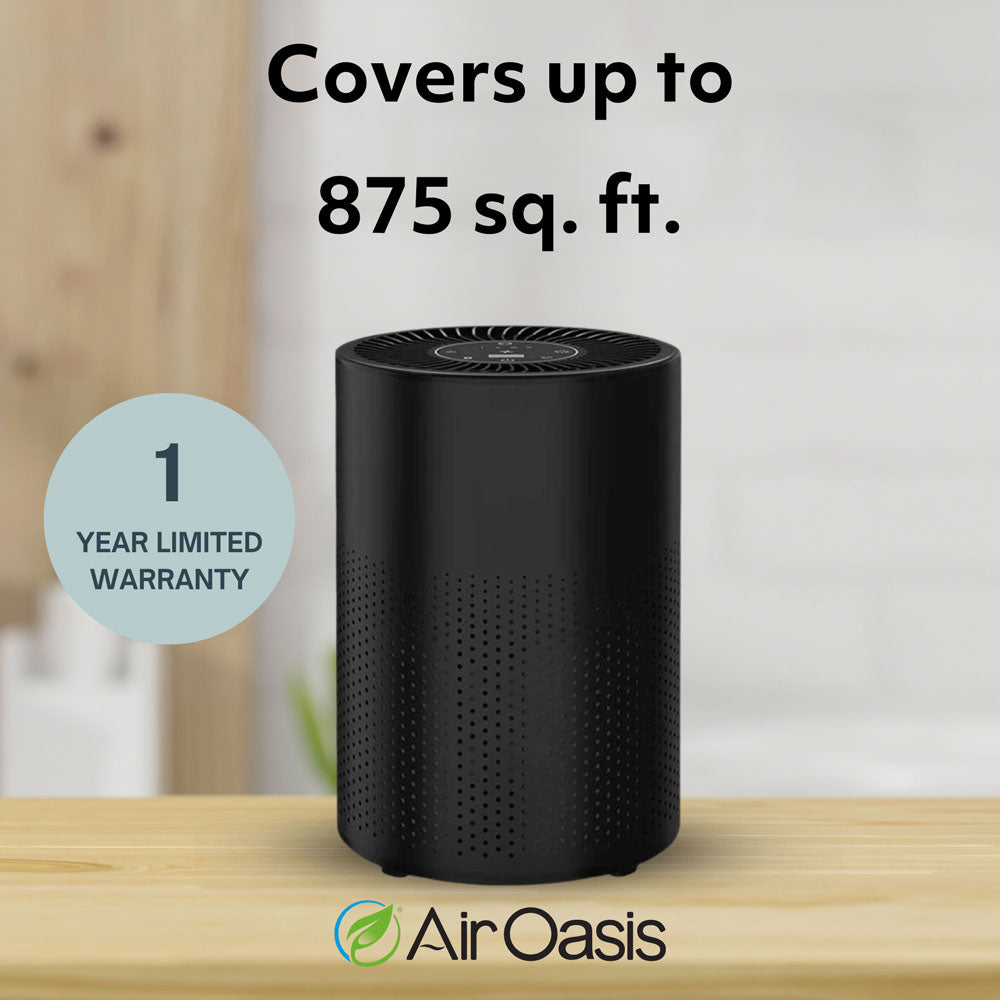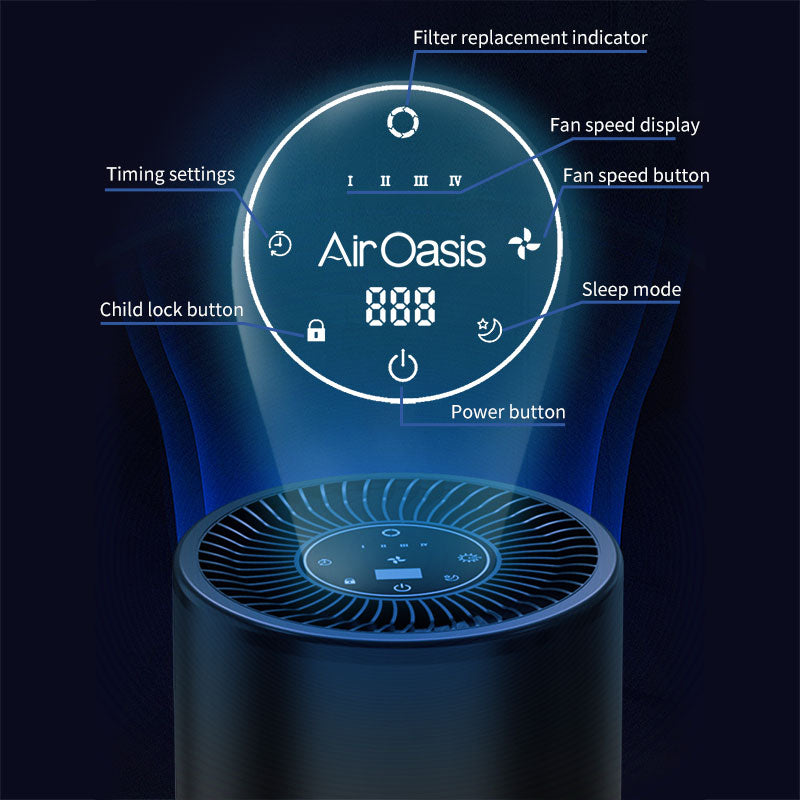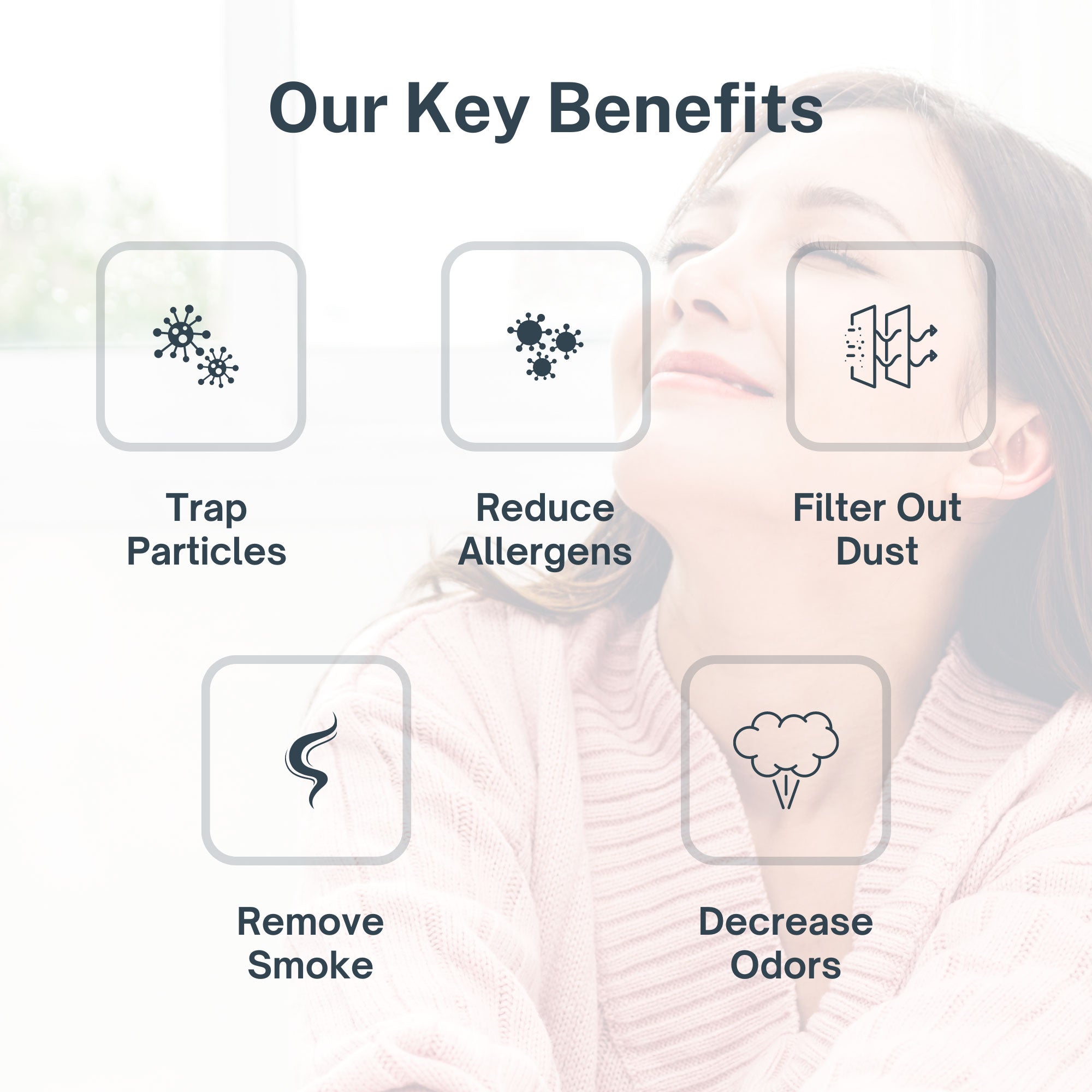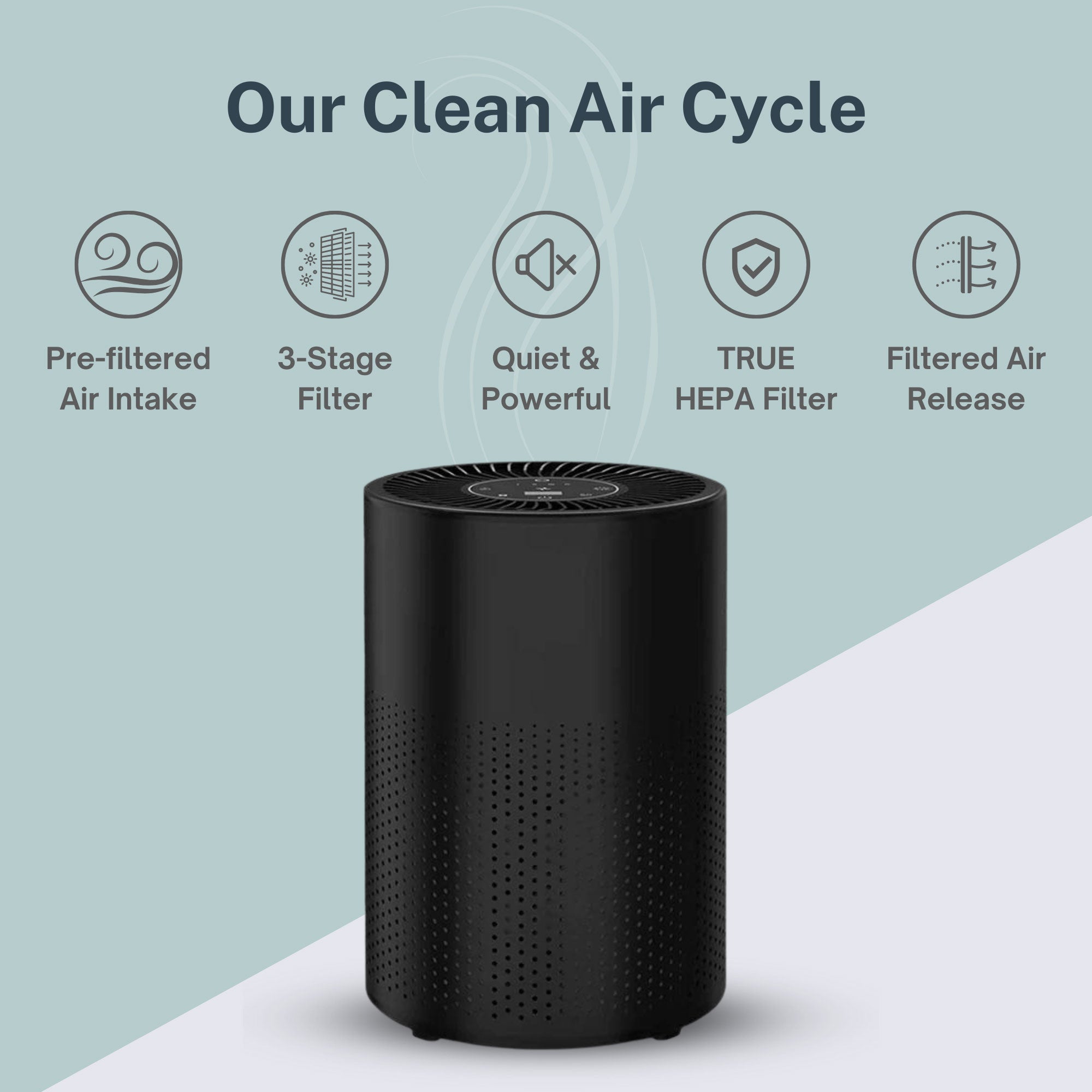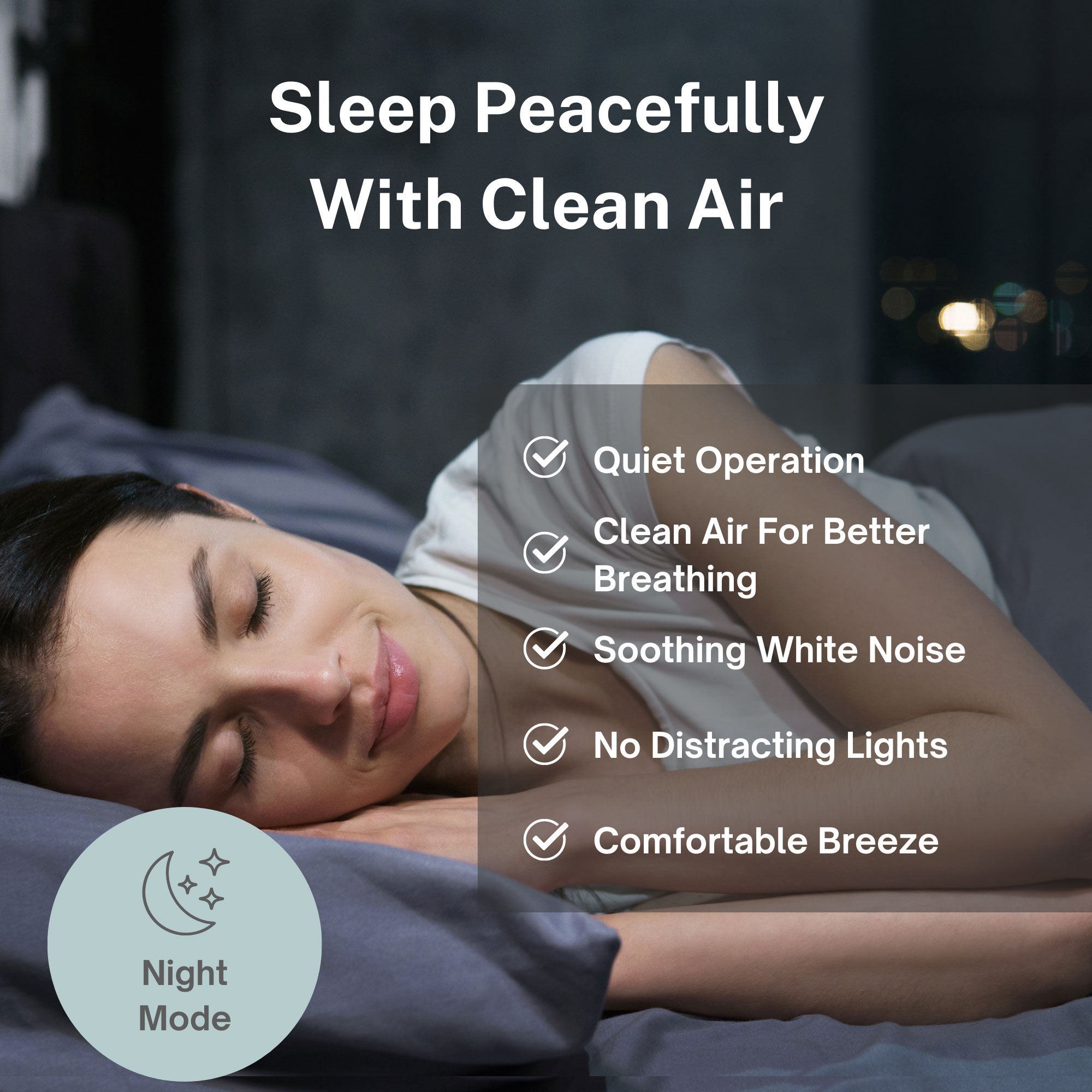Depending on the region you live in, you may be more or less attuned to air quality. For many states and regions, there is a new season called wildfire season. Regardless of whether your region now experiences growing annual wildfires, every area of the country has a standardized air quality measurement called AQI.
Air quality measures the degree that ambient air is pollution-free. This measurement assesses a number of indicators of air pollution. The Air Quality Index scale rates air quality on a scale from 0 to 500, with 500 being the most dangerous and 0 being the cleanest. AQI specifically takes into account five major air pollutants regulated under the Clean Air Act, including ground-level ozone, particle pollution, carbon monoxide, nitrogen dioxide, and sulfur dioxide.
Since the Clean Air Act of 1970, air quality in the U.S. has continued to improve in most areas by reducing air pollution and saving lives. The 1970 legislation provides regulations on air pollution, specifically for smog, mercury, soot, and various toxic chemicals. Because quality air is vital to maintaining plant life, animals, and healthy humans, the Clean Air Act continues to positively impact regulations throughout the U.S.
This article will break down air quality by region in the United States, including region-specific air quality regulations and recommendations. See how your region measures up.
Alaska
At an AQI of 29.1, Alaska experiences very good air quality. In fact, their rating is the second-best in the entire U.S. For residents of Mat-Su Borough or Anchorage, there are particle pollution issues from wood-burning for home heating. Despite this concern, both areas have seen AQIs improve in recent years.
California
California’s bad reputation for poor air quality is highlighted by several cities with the worst air quality in the U.S. The cities of Los Angeles, Visalia, Bakersfield, and Fresno are among the most polluted cities in the U.S. A large port industry, large population, significant traffic emissions, major agriculture industry, and growing wildfires all contribute to California’s challenges with poor air quality. In addition, areas of California with mountainous terrain create the scenario for pollution to be trapped. Warm climates and low rainfall contribute to growing and frequent wildfires.
Georgia
Georgia and Ohio earn the title of worst air quality in the U.S., with a tied AQI of 48.2. Marked by high-traffic areas and lacking emission controls, Atlanta specifically experiences high levels of nitrogen oxides from tailpipe emissions released from trucks and cars. The results of poor emissions are clear: according to the American Lung Association of Georgia, 11% of children in the state suffer from asthma, a statistic that is nearly twice that of the national average. Not surprisingly, Atlanta is ranked second for the highest air pollution from motor vehicles.
Hawaii
The state of Hawaii boasts the cleanest average air in the entire U.S., at an AQI of 21.2. Even Hawaii’s biggest city, Honolulu, ranks on the cleanest cities for lists for ozone, short-term particle pollution, and year-round particle pollution. Climate change and volcanic activity pose the most significant negative impact on Hawaii’s stellar air quality index.
Indiana
As one of the highest and worst AQIs in the country, Indiana comes in at 47.5. A lack of investment in public transportation in the state and, therefore, dependence on cars marks one of their main sources of pollution, followed closely by coal-fired power plants. Pollution created from the coal-fired power plants also carries pollution by wind into other neighboring states. In addition to poor air quality, the effects of Indiana’s pollution also affect drinking water quality and provide pollution health risks for residents.
Maine
Though part of the greater Northeast Region, Maine earns its own highlight as one of the cleanest states in the U.S. After considerable improvements in recent years, Maine’s current AQI is 36.5. Negative impacts on AQI come from emissions from power plants, a major source of jobs and revenue in the state. Still, Maine remains ranked on all three of the American Lung Association’s cleanest cities lists. Lists include rankings for ozone measurements, short-term particle pollution, and year-round particle pollution.
Midwest Region
Similar to the Northeast region, many states in the Midwest have been very recently affected by Canadian wildfires causing very unhealthy air quality levels. Officials labeled levels “very unhealthy” in early June 2023 in parts of the Rockies, the Great Plains, and the Midwest, including the Nebraska Panhandle.
Under more normal conditions, many Midwest region states operate heavily in agriculture and farming. The effects of agriculture on air quality result in middle-ground rankings for air quality and pollution from factors related to the popular regional industry.
New York
The state of New York is highlighted by the nation’s largest city, New York City. Despite its population, New York City maintains an improving AQI of 50, rating it as “good.”
High vehicle traffic in the city contributes to a city-wide issue of ozone pollution. Ozone is a gas pollutant created in the atmosphere and can cause health-related issues such as asthma or even death. The highest ozone-related death rates come from the areas of Staten Island, Southern Brooklyn, Northwest Bronx, and Central Queens.
Northeast Region
Many states in the Northeast region of the United States have air quality levels affected by industries common to the area. This includes things like coal and power plants, depending on the state. Recently, states in the Northeast have been impacted by Canadian wildfires, causing U.S. authorities to issue air quality health alerts in areas such as New York City.
There are many air quality successes in the Northeast region as well, with the exception of recent effects from Canadian wildfires. In the U.S. News national environment rankings, Massachusetts ranks #3 overall and #2 in water and air quality, followed closely by Maryland at #8.
Vermont and New Hampshire, on the other hand, top the charts for poor air pollution, mainly due to high industrial toxins.
Ohio
Tied with Georgia, Ohio’s AQI of 48.2 is the second-worst in the United States. The air quality measurement in the state hovers just above the average mark required to remain in the “good” range for state residents. Certain cities within the state, namely Cleveland and Cincinnati, contribute to high year-round particle pollution levels. Contrastingly, other cities such as Akron and Columbus report low year-round particle pollution.
Pacific Northwest Region
Several states are highlighted within the beautiful Pacific Northwest Region of the United States. Ranking as the state with the fourth-best air quality in the entire U.S., Oregon’s AQI is just 36.1. With recent legislation that continues to support a clean economy and renewable energy sources, federal air quality standards are met for every single resident that resides in the state of Oregon.
Slightly outdoing Oregon is the state of Washington, with an AQI of 33.5, ranking it the country's third-best state for air quality. Interestingly, Washington houses some of the most polluted air and some of the cleanest air in the U.S. Polluted air in Washington is most affected by wood smoke, wildfires, and motor vehicle emissions. Despite this, the entire population in Washington lives in areas where federal air quality standards are met.
Southern Region
The southern portion of the U.S. has many states boasting top air and water quality ratings. In the U.S. News natural environment rankings, Florida ranks #4 in the U.S. for best air quality, with Mississippi following closely behind in 7th.
It also houses states like Georgia, with some of the worst air quality in the U.S., due to high-traffic areas and the absence of adequate emission controls.
Utah
Utah earns its very own highlight, marked by the worst air quality in the United States at an AQI of 51.2 during winter months. For reference, even as the worst state on average, an AQI of this level qualifies as “moderate” in the AQI range. Much of Utah’s poor air quality is simply due to the mountainous topography of the state. The inversion layer is caused by mountains, temperatures, and atmospheric conditions, making for uniquely poor air quality depending on the time of year. Efforts to improve air quality in Utah have included increasing solar energy use and enacting new rules to reduce emissions from known problem sources.
West Virginia
West Virginia is another Northeast Region state that deserved its own highlight. The state ranks as the fourth-worst air quality in the U.S. at an AQI of 47.6. Like Maine, power plants mark the state's largest pollution source, followed by other main sources of car emissions and the coal industry. Unfortunately, the effects of their pollution sources have affected not just the air in the state but also the water. While AQI is trending positively in West Virginia, their current numbers do not fare well compared to the rest of the country.
Improve Poor Air Quality With an Air Purifier
Air quality may change throughout different months based on your region and the time of year. From general baseline poor air quality to seasonal changes from environmental factors like wildfire smoke, monitoring the air quality in the place you live is wise for your health. If you are concerned about the air quality in your area, wearing a face mask, specifically an N95, can help reduce the poor air you breathe in.
The best solution to reduce smoke and pollution inhalation, however, is to use a high-quality air purifier in your home—Shop Air Oasis’ iAdaptAirⓇ, HEPA-enabled air purifiers here.
